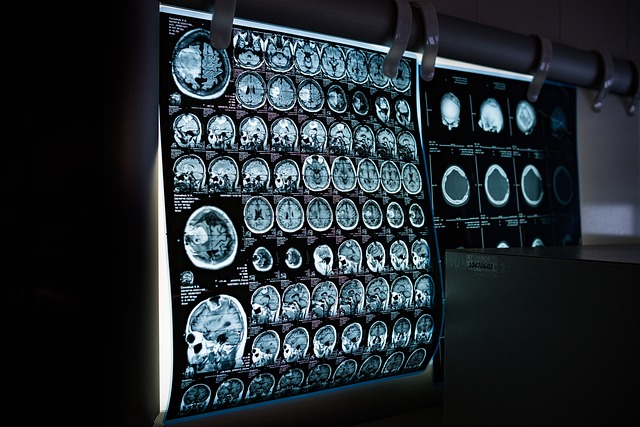Understanding Amyloidosis: Early Symptoms, Causes, and Care
Amyloidosis may sound like a complicated medical term, but the real danger lies in how easily it hides in plain sight. Often overlooked or mistaken for other conditions, this rare but serious disease can quietly damage vital organs before anyone realizes what is happening. For women especially, spotting the first signs can be life-saving. Learning to recognize early symptoms and understanding available treatments is the first and most powerful step in fighting back against amyloidosis.

What is Amyloidosis?
Amyloidosis occurs when misfolded proteins called amyloids build up in organs and tissues, creating abnormal deposits that interfere with normal cellular function. These protein aggregates can impact heart, kidney, liver, nervous system, and other critical body systems, leading to potential organ dysfunction and serious health complications.
What Are the Early Signs of Amyloidosis?
Early symptoms of amyloidosis can vary widely depending on the affected organs but may include:
-
Unexplained weight loss
-
Extreme fatigue
-
Significant weakness
-
Swelling in ankles and legs
-
Shortness of breath
-
Numbness or tingling in extremities
-
Skin changes or unusual bruising
These symptoms are often subtle and can mimic other less serious conditions, making early detection challenging for both patients and medical professionals.
Common Causes and Risk Factors
Several factors can contribute to amyloidosis development:
-
Genetic predisposition
-
Chronic inflammatory conditions
-
Certain blood disorders
-
Advanced age
-
Specific types of cancer
-
Prolonged dialysis treatments
Individuals with multiple myeloma, rheumatoid arthritis, or inherited genetic mutations have higher risks of developing this condition.
Diagnostic Approaches for Amyloidosis
Diagnosing amyloidosis typically involves:
-
Comprehensive medical history review
-
Physical examination
-
Blood and urine tests
-
Tissue biopsy
-
Advanced imaging techniques like echocardiograms
-
Genetic testing for inherited forms
Healthcare professionals use these diagnostic tools to determine the type and extent of amyloid protein accumulation.
Treatment Options for Amyloidosis
Treatment strategies depend on the specific type of amyloidosis and affected organs:
-
Chemotherapy
-
Targeted drug therapies
-
Stem cell transplantation
-
Symptomatic management
-
Organ-specific interventions
-
Immunomodulatory treatments
| Treatment Type | Approach | Potential Effectiveness |
|---|---|---|
| Chemotherapy | Systemic protein reduction | High for some variants |
| Targeted Therapy | Specific protein inhibition | Moderate to high |
| Stem Cell Transplant | Complete immune system reset | Variable |
Prices, rates, or cost estimates mentioned in this article are based on the latest available information but may change over time. Independent research is advised before making financial decisions.
Living with Amyloidosis
Managing amyloidosis requires a comprehensive, multidisciplinary approach involving:
-
Regular medical monitoring
-
Specialized treatment plans
-
Lifestyle modifications
-
Emotional support resources
-
Potential participation in clinical trials
Patients benefit most from early detection, personalized treatment strategies, and comprehensive care coordination among specialists.
This article is for informational purposes only and should not be considered medical advice. Please consult a qualified healthcare professional for personalized guidance and treatment.




